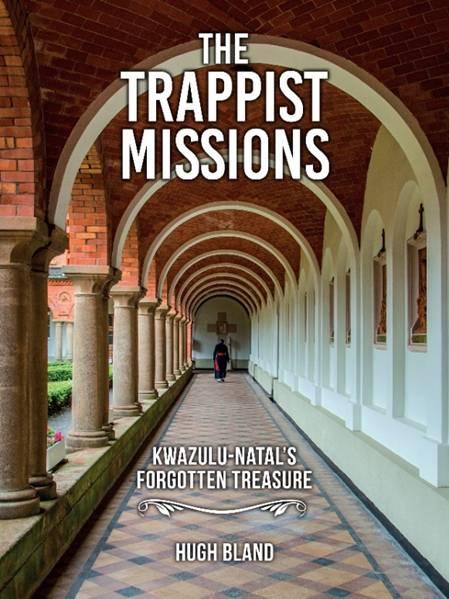What’s that? Another spire or campanile standing proudly in the African bush? What on earth are these brick and stone monasteries doing all over the southern regions of KwaZulu-Natal? They are so well constructed, mainly in Romanesque style, and the interiors are overflowing with wall-art and the high ceilings are visible thanks to the light from the many, intricate, lancet shaped stained-glass windows.
I am busy exploring the province and recording architectural features of cultural and heritage interest, along with military sites and graveyards.
I get home and ask: ‘What are these treasures?’.
No-one seems to know. I then consult with Robert Brusse, an architect who specialises in heritage renovations.
I haven’t met the renowned man before, and he stares rather dubiously at this ‘shorts clad’ visitor entering his office. I introduce myself and, fortunately, he decides to help. He obviously senses a kindred spirit and has all the answers.
An Austrian Trappist monk, by the name of Wendelin Francis Pfanner, landed on these shores in 1880 and founded Mariannhill Monastery in 1882. He, along with his fellow monks subsequently proceeded to create twenty-two monasteries in KwaZulu-Natal, two in Rhodesia (now Zimbabwe), and several small outstations. Not bad for a man already aged fifty-five. The Trappists are more correctly described as Cistercians of The Strict Observance, an ancient Benedictine Order. They had about one-thousand-eight-hundred rules, one being, whenever possible, to remain silent.
An indication of the achievement of these men, and later of the Sisters of The Precious Blood, was that in 1906 there were 320 Monks and 275 Sisters at Mariannhill, and four hundred children were being educated in their school.
Mariannhill was, in 1885, given the status of an Abbey, the first in Africa, and the energetic monk, Pfanner, in turn became an Abbot.
Over the years, these magnificent treasures were allowed to decay and in many cases were abandoned. The Trappist Order in KwaZulu-Natal was abolished and the Monasteries became Missions, more aligned with their changed operations, which included schools run by the Catholic Church.
This led me to write their history, described as “a book of few words, for images of the many places and everyday objects speak louder than words. It is one man’s joyous journey through the rich visual legacy that arose from those humble beginnings … ”.
Only one secluded monastery, Clairvaux, established 1896, was closed on my visit. I had to take an image of the interior through a broken pane of glass.
Most of the Monasteries still stand and have left a legacy of education, teaching life skills and providing spiritual guidance to the communities they serve.
The beauty of these buildings demanded that I photograph them and expose this ‘Forgotten Treasure’, which in my book, is described as a “visual pilgrimage”.
- The Trappist Missions: KwaZulu- Natal’s Forgotten Treasures, 2019. Pietermaritzburg:Otterley Press,
- ISBN: 978-0-6399070-7-9
- Book available from Hugh Bland at hughbland031@gmail.com or Otterley Press – Price R400 excluding courier).
Disclaimer: Any views expressed by individuals and organisations are their own and do not in any way represent the views of The Heritage Portal.

